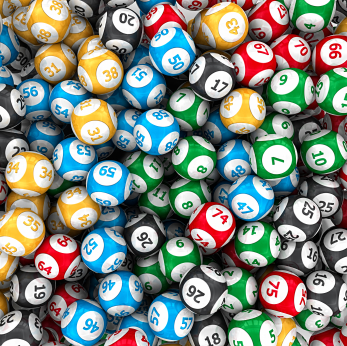treatment for gambling addiction

Excessive gambling is referred to variably as 'problem gambling', 'excess gambling', 'gambling addiction' or 'pathological gambling'. Pathological gambling was the term adopted by the World Health Organization in 1992 and subsequently by the psychiatric classificatory systems DSM-IV (US) and ICD-10 (Europe).
Pathological gambling lifetime prevalence estimates range from 0.5 per cent to 1 per cent. Less severe 'problem gambling' estimates are at 3 per cent to 5 per cent. Pathological gambling is listed under 'disorders of adult personality and behaviour' in ICD-10.
The essential feature of the disorder is described as 'persistently repeated gambling which continues and often increases, despite adverse social consequences such as impoverishment, impaired family relationships and disruption of social life'.
Several exclusion categories exist for this diagnosis:
1) those who gamble and bet frequently for excitement or in an attempt to make money, however critically, curbing their habit when faced with heavy losses or other adverse effects;
2) pathological gambling in those who are suffering mania;
3) pathological gambling in those with psychopathic personality (where there is a global disturbance of social behaviour).
Assessing for problem/pathological gambling
Gambling problems are likely to initially present at primary-care level. The following are key areas to explore:
■Initiation of gambling – when gambling started and why;
■Progression of frequency and variation in types of gambling;
■Current frequency and type (hours per day, days per week);
■Current financial output for gambling (money spent relative to total income);
■Features of gambling addiction – continuing to gamble in the face of adverse consequences. Losing control and chasing losses, especially when the person had planned not to;
■Consequences: financial (amount of debt), interpersonal (pathological gambling is associated with domestic violence), occupational (gambling during work), social (becoming increasingly isolative);
■Motivation to change – if the adverse consequences of gambling are significant, an individual may be more willing to address the issue in a serious manner;
■Assessment of risk to self – pathological gambling is associated with a 25 per cent completed suicide rate;
■Comorbid substance misuse – alcohol, illicit/prescription substances;
■Collateral history.
Common cognitive distortions in gambling include the negative recency effect (a belief that a string of losses makes a win more likely). In our treatment programme for gambling addiction, we often encounter substantial comorbidity with substance dependence. It is known from the literature that pathological gamblers display elevated rates of substance misuse including alcohol abuse/dependence and nicotine dependence.
Features of gambling addiction include chasing losses, especially when the person had planned not to
Neurobiology
Pathological gamblers have altered levels of peripheral dopamine markers in cerebrospinal fluid compared to controls (dopamine is a key mediator of reward processes in the brain).
Gambling urges in humans in experimental conditions can be increased or decreased with amphetamine or haloperidol administration respectively. Increased dopamine levels following the initiation of dopamine agonists in Parkinson's disease are associated with the emergence of pathological gambling in other-wise non-gamblers.
Neuropsychological tests in pathological gamblers indicate impaired performance of the ventromedial prefrontal cortex of the brain, an area concerned with decision making and the processing of risk. Similarly, functional neuroimaging studies demonstrate reduced brain activation in this area in pathological gamblers versus controls during tests of reward processing, inhibitory control and cue-induced craving.
Arousal (autonomic, neuro-endocrine) while gambling can be measured in pathological gamblers and healthy controls by heart rate increases, cortisol release and skin conductance responses. These measures are elevated in pathological gamblers compared to controls.
Treatment
Recent studies indicate the effectiveness of cognitive behavioural therapy, a 'here and now' practical therapy focused on addressing the cognitive distortions in pathological gamblers. These distortions surround the processing of wins and outcome probabilities which lead pathological gamblers to overestimate their chances of winning.
Specifically, pathological gamblers process games of chance where there is no control over the outcome as games of skill, where the player can apply their talent to influence the outcome. Slot (fruit) machines are rigged to reinforce these cognitive distortions in having frequent outcomes that are very close to the jackpot. Studies indicate that volunteers play slot machines rigged with near-misses for longer than machines without.
From a medication perspective, nalfemene, an opioid antagonist, has shown benefit in a 16-week randomised controlled trial. Preliminary data suggest antidepressants such as selective serotonin re-uptake inhibitors (SSRIs) and mood stabilisers (lithium) are helpful.
Depressive symptoms are common either in isolation or as part of a depressive disorder. Therefore, SSRIs are used for the dual propose of treating these symptoms and pathological gambling features. Due to the elevated risk of suicide, regular risk assessment of this group in the inpatient setting and beyond is important.